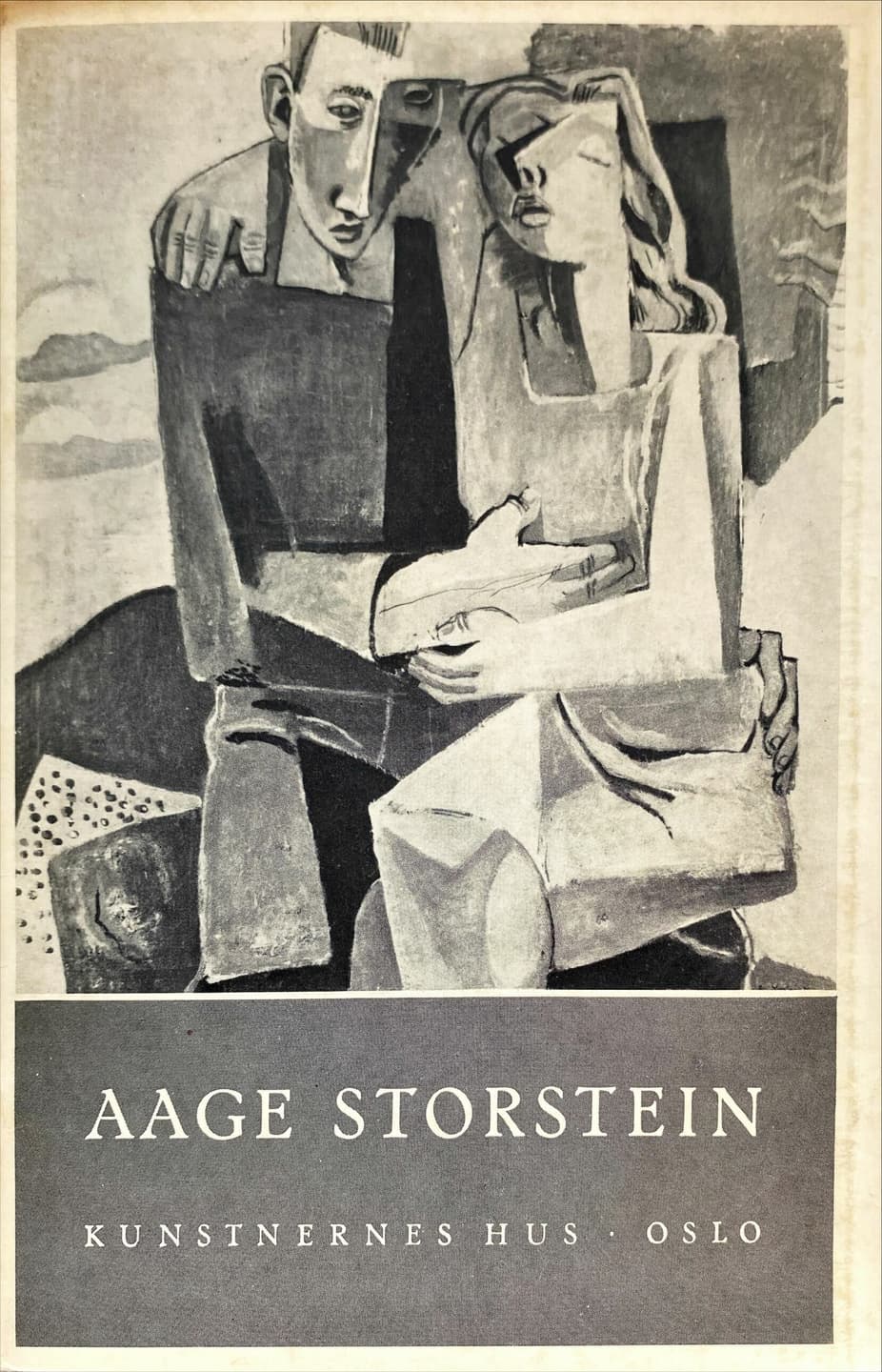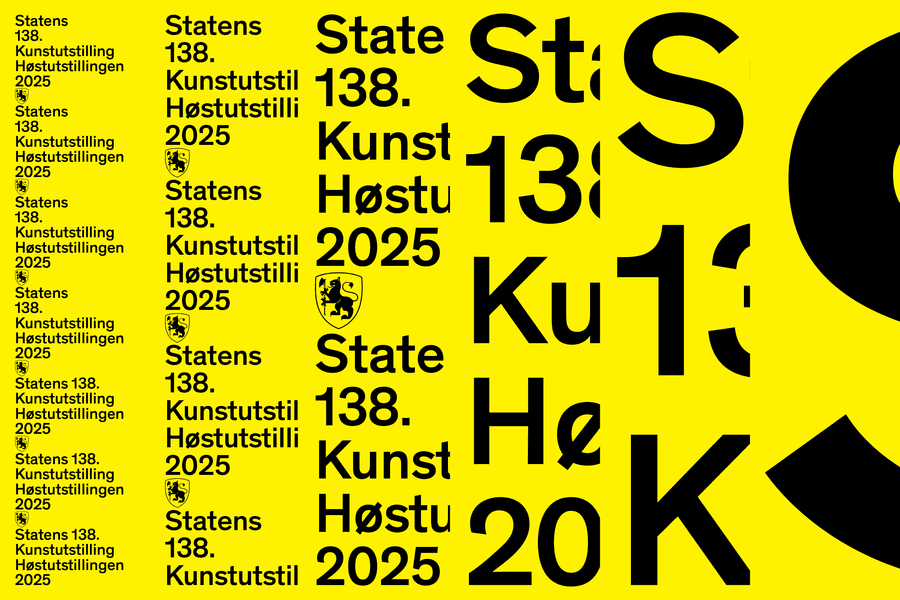Aage Storstein

In 1961, Kunstnernes Hus had an exhibition with Aage Storstein. Private owners and public collections lent their paintings to this exhibition.
Aage Storstein
Aage Storstein was a Norwegian painter, draftsman and graphic artist. He placed great emphasis on studies both of his own contemporary expression but also of historical art. He was particularly interested in early Renaissance classicism. Storstein found great inspiration in Picasso and his characteristic style.
Catalogue text
"Home from his travels in Italy late autumn 1933, Storstein made his conclusions in a lengthy letter, from which I here quote.
"It was an informative trip, and it gave us quite an instructive picture of the lines of development art has followed with such consistency, even though we can hardly, when looking at preaenaissance works of art, use the word 'development' in the usual meaning. Anyway, preaenaissance artists were of considerably more interest to me than later ones, I think that already as early as Masaccio there is a doubtful change in the current, and with Rafael, Tizian and Tintoretto, it whirls ahead and cannot stop, before it flows into the swamps which the newer rooms in the museums (except for the French) now are.
I think that already with Masaccio one notices a change in three ways, which in the beginning probably were only new means of expres$ sing their intentions, but that these little by little became the new aims for pictorial art, which thus was lead away from its true path.
Firstly, we have this damned perspective, which one now discovered had its own laws, and by which on could, in the painting reach a greater illusion of reality. Lines and planes which previously had solely adjusted themselves to the rythmical and decorative effects of the paint4 ing, now had to be adjusted to the demands of perspective, and there$ fore had partly to give up their earlier functions.
In order to give this new perspective space the right illusion of reality, it had to be populated with people as much as possible resembling those walking around and therefore one had to paint 'types' consequently (Il) this 'psychological' painting is a result of having given in to linear perspective. The earlier representations of man, were as far as I can undev stand, purely ornamental, the figures were only a tumbling ground for living, moving lines in contrast to the firm, straight lines of architecture; and the drawing of a face sought only to achieve the greatest possible expression to underline the action of the paintings, and to explain as clearly as possible, the `part` the figure had in the painting..."


